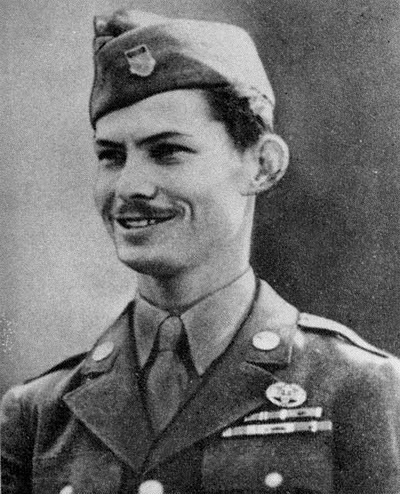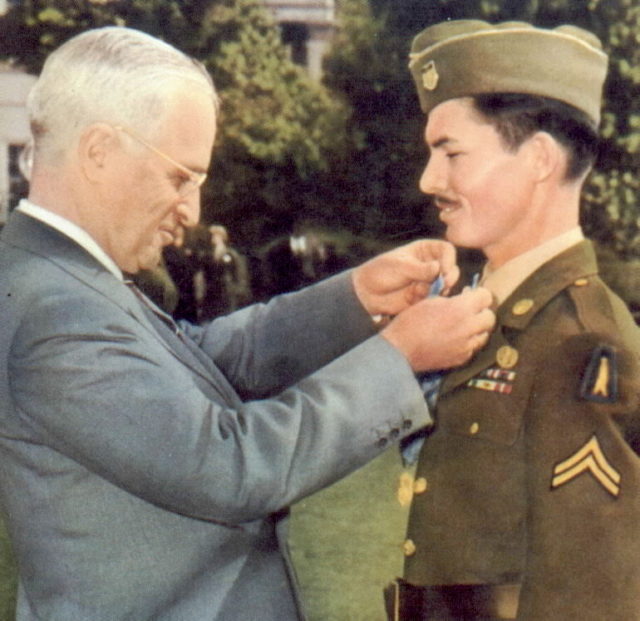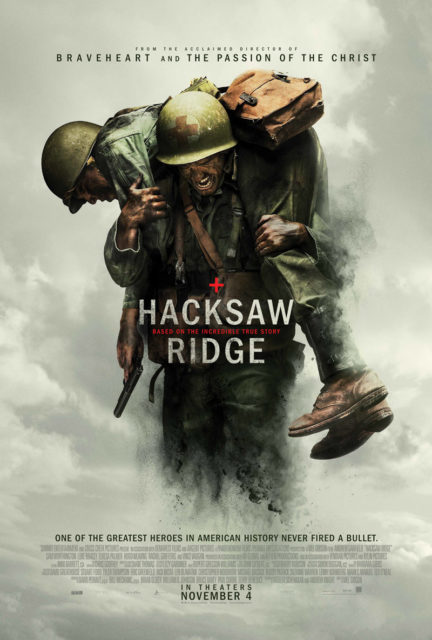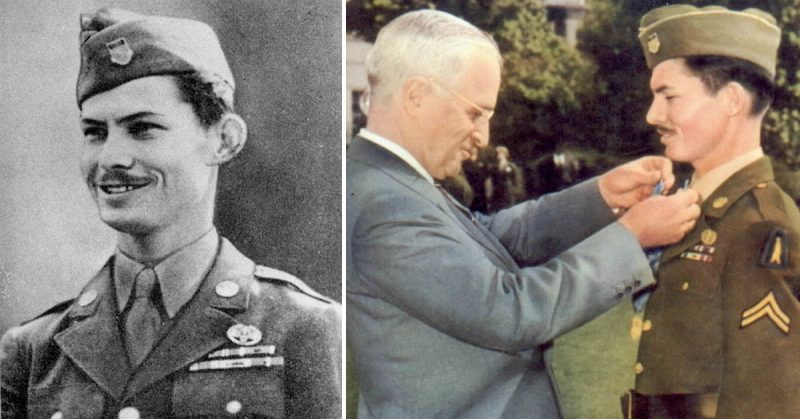War History online proudly presents this Guest Piece from Kaya Johnson
The Battle of Okinawa is considered to be one of the bloodiest battles of the Pacific War and World War II. Often called “typhoon of steel” for the number of Allied armored ships that took part in the battle, it is known for the atrocity and frequency of the Japanese kamikaze strikes and the number of casualties amounting to 82,000 direct casualties and around half of the Okinawa island civil population.
In the line of fire
Many historians agree that the Battle of Okinawa was one of the most strategically significant for the Allied troops. The US Army planned to further use the Okinawa island as a base for attacking Japanese mainland, thus it was vital for the subsequent invasion of Japan. During 82 days, from April 1 to June 22, 1945, the Tenth Army, consisting of joint Navy, Marine and Infantry corps, conducted a series of attacks both underwater, in depth and on land.
The Japanese put up a strong line of defense using their last big battleship, the Yamato, and carried out massive kamikaze airstrikes. The on-land resistance was massive and very persevering as the Japanese civilians made it about their honor to resist the enemy.
Being one of the last battles of the Pacific War, it was also one of the most brutal ones, and resulting in the most casualties. On one hand, Okinawa was much more densely populated than the other Japanese islands previously attacked by the US Army, and the local population’s ferocious resistance made it very difficult for the Allied troops to proceed.
The Pacific War was heading towards the end, and Japan was running out of resources so the human resource was its ultimate measure of defense. Thus, propaganda was widely used to persuade every civilian on the island to resist the US Army invasion.

Many of the Japanese resistance flashpoints had to be eliminated individually, using dynamite, guns or bare hands. Due to the same propaganda as the siege was coming towards its end, there were massive suicides happening among Japanese generals, civilians and soldiers as they believed it would be better to die than to surrender and be taken captives.
The Japanese authorities also forced middle and high school children to volunteer as soldiers and medical workers, which resulted in one of the highest numbers of child deaths in the history of World War II. Moreover, the kamikaze attacks were equally devastating for the locals and the Allied troops.
As a result of this tedious and bloody 82-day campaign, the island of Okinawa was seized by the US Army. Mainstream historians believe that the Battle of Okinawa was one of the reasons why Hiroshima and Nagasaki happened. The losses on both sides were so big due to the Japanese people’s determined resistance that the US Army decided to spare its resources and came up with a way to make Japan surrender without any losses on the American side. Atomic air strikes seemed like a relatively easy and safe measure.
About Desmond Doss
Where there are atrocities, horror, and pain, there is always a place for kindness, heroism, and self-sacrifice. The Battle of Okinawa had this one war hero who stood out among the rest. His name was Desmond Doss, and he was the only World War II hero to be awarded a Congressional Medal of Honor while being a conscientious objector out of his religious beliefs and completely reluctant to carrying a gun. Brought up as a devoted Seventh-Day Adventist, this Virginia-born soldier joined the Army out of a strong belief he had a duty to protect his country.

Not only did he not kill a single enemy soldier on the battlefield during the whole Okinawa campaign, in which he took part, he also saved over 100 fellow-soldiers by single-handedly carrying them to safety in the fierce battle at Hacksaw Ridge.
Despite being mocked and consistently bullied for refusing to use a gun, he never left the Army and was willing to save as many lives as he could in the heart of the battle. His comrades refer to him as modest and a true believer. He was always kind and set a personal example to his fellow comrades. He is one of the most celebrated war heroes of today’s America.
Hacksaw Ridge
Desmond Doss’ inspiring story came to life once again in Hacksaw Ridge, a 2016 biographic film directed by Mel Gibson. All of the previous Hollywood’s attempts to adapt his story were rejected by the war hero himself, as he did not believe the producers would maintain historical accuracy. Desmond died in 2006 and did not live to see his story on screen. However, the producers and screenwriters were very careful with the historical facts and portrayed Desmond Doss with ultimate accuracy. Some minor facts, however, were altered for artistic purposes.

For example, in the history of Desmond’s family, there was an episode of a fight between his father and his uncle involving a gun, which was traumatizing enough for Desmond to swear he would never take a gun into his hands. In the movie, however, this fight takes place between his father and his mother, which adds more drama to the scene. Similar changes were made to the timing of Desmond’s first marriage and duration of the fought battles.
However, the overall historical accuracy of the movie is very satisfying, which comes as no surprise to those who know Mel Gibson’s commitment to truthfulness on screen.
As we can see, the Battle of Okinawa was a brutal and cruel incident in the world’s history. However, perhaps only the darkest of times can bring to life a miracle of ultimate human kindness, forgiveness, and altruism. Desmond Doss is one of the reasons why humanity deserves a chance.
By Kaya Johnson
